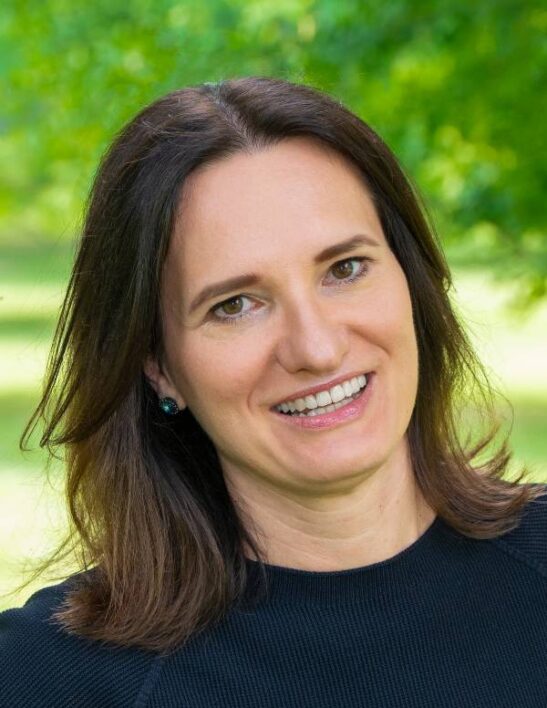With the war in Ukraine compelling everyone to rethink their energy strategies and focus on getting rid of Russian fossil fuel imports, while maintaining what is left from the affordability of energy supply, the go-to tactics are achieving several energy policy goals at the same time. The Polish heat pump sector seems to be doing just that.
It is showing the fastest growth rate for heat pumps in Europe in 2021 with an expansion of the market by 66% overall—more than 90,000 units installed reaching a total of more than 330,000 units. Per capita, more heat pumps were installed last year than in other key emerging heat pump markets, such as Germany and the United Kingdom.
But this has not always been the case. For years Poland prided itself on being one of the most energy independent countries in Europe. Its coal mining sector and coal-fueled power plants provided carbon-intensive, but domestic, energy—both for heating and electricity.
Coal Dependent
Even now, with the recent growth of renewables making quite a dent in Polish coal reliance, the share of coal in electricity production and district heating is around 70%. In individual home heating, it is around 48%. Poles consume as much as 87% of the coal burned by all EU households in their homes for heating. The heating sector is responsible for nearly a quarter of CO2 emissions in Poland.
This reliance, however, has been proving less and less sustainable for a number of reasons — especially in the individual heating sector. First of all, the energy independence narrative no longer holds. Polish coal mines are notoriously labour-inefficient, but a bigger problem is that they become less and less economical to run for sheer geological reasons. The average depth of extraction is now close to 800 metres below ground, which brings immense cost—both economical and human.
Time has seen a steady decline in coal mining output, especially for the coal sorts used by individual boilers are in shorter supply. This has been replaced by imported coal mainly from Russia. Poland is currently buying €0.5-1 billion worth of Russian coal each year to heat its houses.
Even if we put aside the acute air quality problems that burning coal in old individual coal furnaces brings—which we should not as the list of 20 most polluted cities in Europe constantly features at least 10 Polish cities—this should be enough in the current circumstances to warrant a huge public policy shift directed at eliminating coal from individual heating altogether.
The preferable way of doing so would be a massive deployment of heat pumps and energy efficiency programmes whilst continuing to utilise more renewables for electricity generation at the same time. This would check the boxes for so many policy objectives, including increasing energy security, reducing carbon emissions and lowering long-term heating costs.
Long-Term Planning
Given Poland’s reliance on coal for heating, how did the Polish heat pump market achieve such remarkable growth? All signs point towards government policy. Through the ten-year Clean Air Programme that started in 2018, Poland will provide close to €25 billion for replacing old coal heating systems with cleaner alternatives and improve energy efficiency.
In addition to providing subsidies, many regions in Poland have begun to phase out the coal heating systems through regulation. Prior to those bans, heat pump installations rates were modest with limited growth over the years. This shows that policy can make a big difference in steering the market towards clean heating away from polluting fossil fuel heating systems.
Trust Building
The recent success is also a showcase of efficient market development by the heat pump industry association, PORT PC. Building customer and installer trust by developing and introducing industry guidelines, quality standards and certification, as well as conducting extensive training programmes, is now bearing fruit.
Further growth in the heat pump sector in Poland is expected and will need to take place in order to further replace coal heating. This can be achieved by implementing changes to the Clean Air Programme and other similar programmes designed to improve the efficiency of homes and heating systems, like the current tax breaks for investment in buildings insulation as well as the STOP SMOG programme designed to help local governments give targeted support to the poorest households.
Also, the recently announced new programme “My Heat” financed from the sale of EU ETS allowances through the Modernisation Fund and fully directed towards heat pumps, will provide additional sources of funding and hopefully build even more awareness among consumers.
Whilst the Clean Air Programme has so far promoted mostly gas boilers (over 40% of the total), the war in Ukraine has shown that natural gas will be a scarce and costly resource and should be used wisely. Heat electrification, rather than gasification, is surely the way to go.
Challenges Remain
Three challenges remain to be tackled for continued success. Firstly, for heat pumps to be most beneficial in terms of climate protection, electricity generation should continue on the pathway towards (quicker) decarbonisation.
Secondly, heat pumps should be an element of system flexibility, rather than a strain on the peak demand. For this, dynamic tariffs and smart solutions are fairly easy fixes but require regulatory intervention as well as consumer awareness and industry willingness to go the extra mile.
Thirdly, proactive measures should be taken to avoid potential supply chain disruptions and to secure enough of a skilled workforce. Poland is very well positioned in both areas, now being a highly industrialised country with excellent technical education.
Poland’s energy transition is picking up speed, and the growing heat pump market is a prime example of a policy push working with supply pull to deliver excellent results. The prospects are encouraging and there have never been more incentives to continue on this pathway.
This article previously appeared in Foresight.


